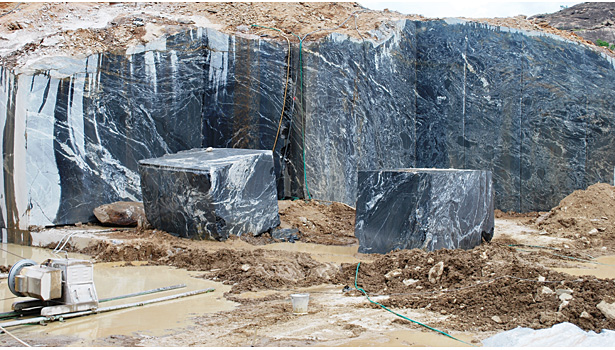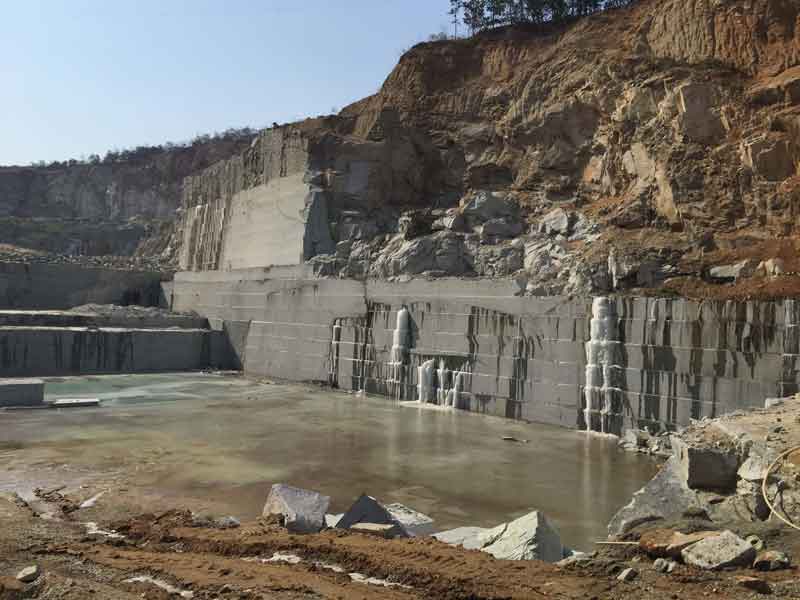Exploring Granite Quarries in South Africa: A Comprehensive Guide
Exploring Granite Quarries in South Africa: A Comprehensive Guide
Blog Article
Revealing the Mysteries of Granite Quarrying: Where Toughness and Elegance Meet
The world of granite quarrying is a world where the raw toughness of nature converges with human creativity to produce frameworks that stand the examination of time with an air of elegance. From the depths of quarries to the careful sprucing up in workshops, the process of transforming granite into building wonders is an intricate dancing of tradition and development. As we peer into the midsts of this old craft, we start to reveal the hidden complexities that form the really significance of our constructed environment.
The Origins of Granite Quarrying
In the annals of architectural history, the beginnings of granite quarrying are shrouded in a tapestry of old workmanship and geological wonders. Dating back to ancient Egypt and Mesopotamia, the extraction of granite from quarries marked the beginning of a journey that would ultimately cause the production of several of the globe's most legendary structures.
Granite quarrying's roots can be traced to the competent artisans who acknowledged the rock's toughness and visual allure. Through a combination of primitive tools and sheer resolution, these early quarry workers unearthed granite blocks that would end up being the foundation of people.
As human beings evolved, so did the techniques of quarrying granite. The Romans, renowned for their design expertise, created innovative techniques for drawing out granite to build monuments, temples, and roadways that stood the examination of time.
The tradition of these old quarrying methods continues to shape modern architecture, with granite continuing to be an icon of toughness and style in building and construction jobs around the globe. (granite quarries in south africa)
Tools of the Quarrying Profession
The development of granite quarrying methods from ancient human beings to modern-day times highlights the essential function played by the tools of the quarrying trade in shaping the industry's techniques. In old times, quarrying tools were simple, typically containing blades, hammers, and wedges made from materials like bronze or iron. These tools called for considerable manpower and time to remove granite blocks from quarries.

Additionally, the introduction of pneumatic tools and high-powered machinery has actually considerably decreased the physical labor needed in quarrying operations, improving worker safety and productivity. As the you can find out more quarrying industry remains to introduce, the devices of the profession stay at the leading edge of driving development and shaping the future of granite extraction.
Extracting Blocks of Granite
Utilizing accuracy machinery and advanced strategies, the extraction of granite obstructs from quarries has actually become a sophisticated procedure in the modern quarrying sector. Managed blowing up methods are after that utilized to damage apart the granite into manageable sections.

Sprucing Up and Completing Techniques
To accomplish a remarkable surface on granite blocks, skilled artisans use a series of thorough polishing and ending up techniques. After the first extraction and shaping procedures, the granite obstructs undergo a complete polishing stage to enhance their all-natural elegance and sturdiness.
Along with polishing, completing methods are put on further refine the granite's look. These strategies might include flaming, developing, or cleaning, each offering one-of-a-kind textures and finishes to fit various visual choices. Flaming, for example, involves exposing the granite surface to high temperature here levels to develop a harsh, textured finish, ideal for outdoor applications where slip-resistance is necessary. Sharpening, on the other hand, provides a matte finish that is smooth to the touch, ideal for indoor counter tops and flooring. By meticulously selecting and applying these brightening and completing strategies, artisans can change raw granite blocks right into charming items that showcase both stamina and elegance.

Environmental Impact and Sustainability
With the growing emphasis on ecological awareness in the market, granite quarrying techniques are progressively scrutinized for their effect on natural deposits and long-lasting sustainability. Quarrying for granite can have significant environmental ramifications. The extraction process typically includes using heavy machinery, dynamites, and large amounts of water, resulting in habitat devastation, soil disintegration, and water contamination. Furthermore, the transport of granite from quarries to refining facilities produces carbon exhausts, further contributing to ecological destruction. granite quarries in south africa.
To alleviate these influences and make certain sustainability in granite quarrying, industry stakeholders are adopting various steps. Carrying out sophisticated modern technologies to lower power intake and water use, redeeming quarried land for eco-friendly reconstruction, and advertising liable sourcing techniques are some approaches being used. In addition, qualifications such as the Woodland Stewardship Council (FSC) and the Management in Power and Environmental Style (LEED) assistance consumers identify eco-friendly granite items.
Verdict
To conclude, granite quarrying is a process that calls for specialized devices and techniques to remove blocks of granite and polish them to a high degree of surface. While the environmental influence of quarrying can be considerable, efforts are being made to boost sustainability methods in the industry. On the whole, granite quarrying is a delicate equilibrium in between utilizing the strength and sophistication of this natural rock while reducing its impact on the atmosphere.
Report this page